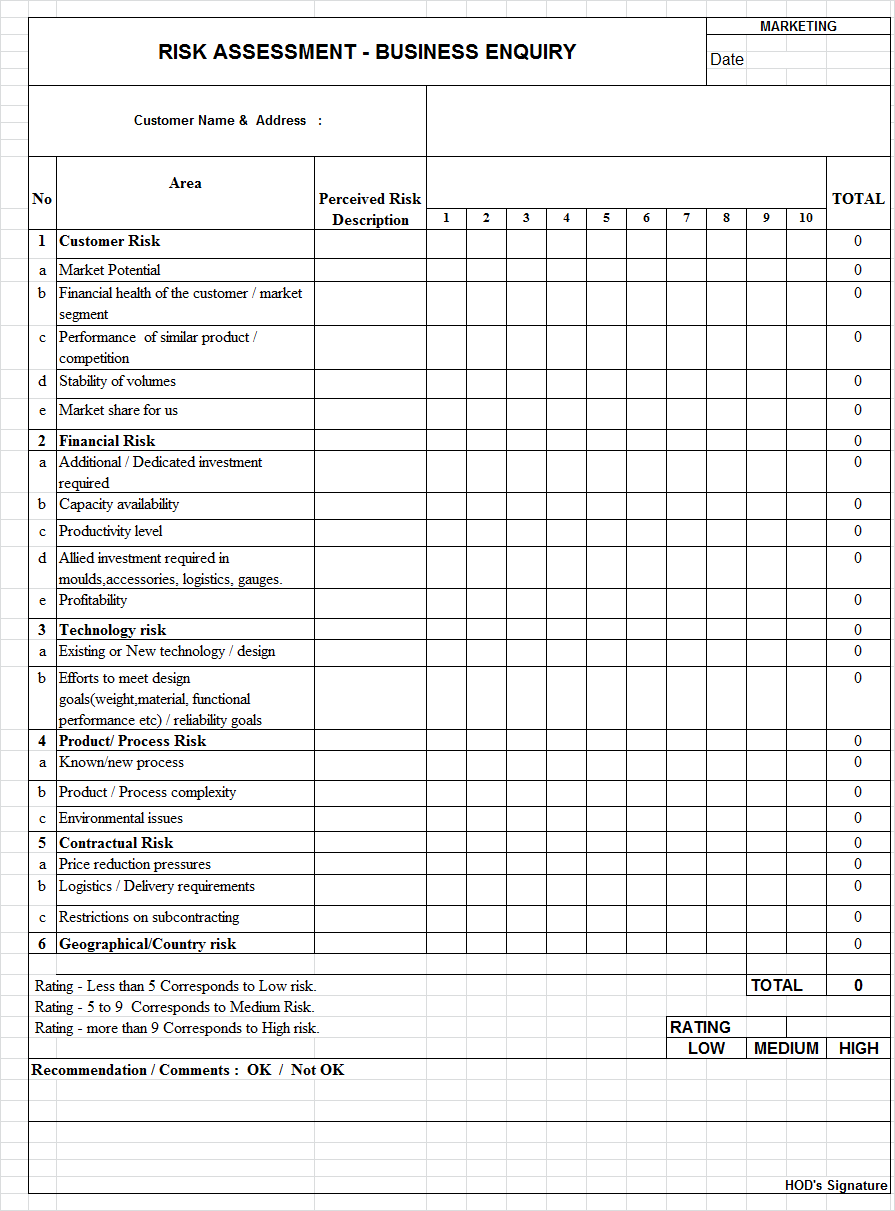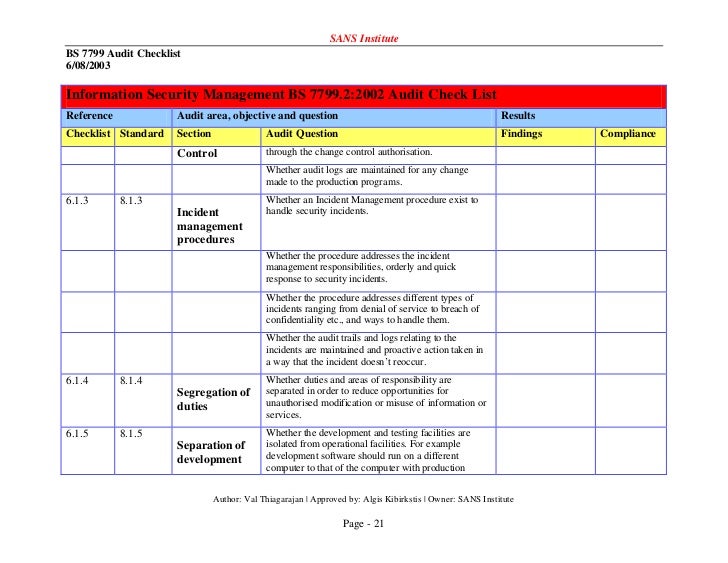

Finally, nonconforming materials can be identified and sampled at incoming inspection, in assembly processes, during final inspection, during packaging, and even during shipment. Also, training records should be sampled for each employee interviewed during an audit. The “missing” procedures are incorporated into each process audit.įor example, each process audit requires a review of records as input and outputs. My rationale for the claim of greater efficiency is simple: there are 19 required procedures in the ISO 13485 Standard, but there are only 12 processes identified above.

Second, the process approach is a more efficient way to cover all the clauses of the ISO Standard than auditing each clause (i.e.,– the element approach). If only a procedural audit is performed, the lack of communication to the next process is often overlooked. Therefore, if there is a problem with communication between departments, the process approach will expose it. First, the process approach identifies linkages between processes as inputs and outputs.


 0 kommentar(er)
0 kommentar(er)
